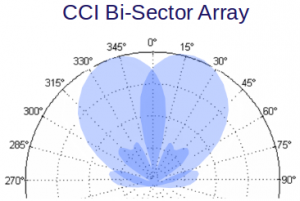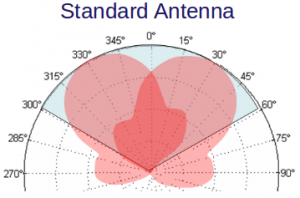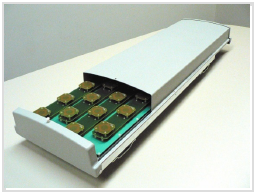
Our product range covers base station panel antennas from 690 MHz up to 3800 MHz with over 300 models from single band to 6-band antenna panels.
Beyond standard base station antennas we offer of Bi-Sector Array antennas (2x 33º) as a successful way of proving capacity enhancement to all cellular systems. Bi-Sector Arrays remove the barriers to the deployment of 6-sector sites allowing operators to achieve increased performance while significantly reducing the cost of increasing the capacity of systems.
The unique and patented Bi-Sector Array technology provides optimized overlap between pairs of asymmetric beams, lowers of handover losses in UMTS/HSPA+/ CDMA systems, and minimizes interference between sectors for GSM, UMTS, LTE and 5G systems.
Fast-roll of of each of the outer beams and high front- to-back ratios ensure reduced interference. Such an approach enhances data transfer rates within cellular network sectors and addresses voice and data “hotspots” in mobile wireless operator networks.

The single panel design of the Bi-Sector Array offers the opportunity to reduce antenna count and directly replaces an existing 65° antenna without mount changes and avoids costly leasing and zoning changes. Bi-Sector Array sites allow significant CAPEX and OPEX cost savings.
Available in Single Band and Dual Band options our Bi-Sector Arrays cover all main cellular bands between 690 MHz and 3800 MHz. Fixed, variable and remotely controlled electrical tilt options are available which allows independent adjustment of sub-beams for easier optimization.


Antenna Desige
Hybrid Bi-Sector Array (HBSA) antennas combine a standard 65° pattern at low band 800/900 Mhz with the advanced asymmetrical bi-sector pattern with 33° for higher bands.
The HBSA can be deployed where size restrictions prevent the use of a Dual Band BSA or where an operator wants to retain a lower capacity 800/900 MHz network while increasing the capacity of the higher frequency layers.
